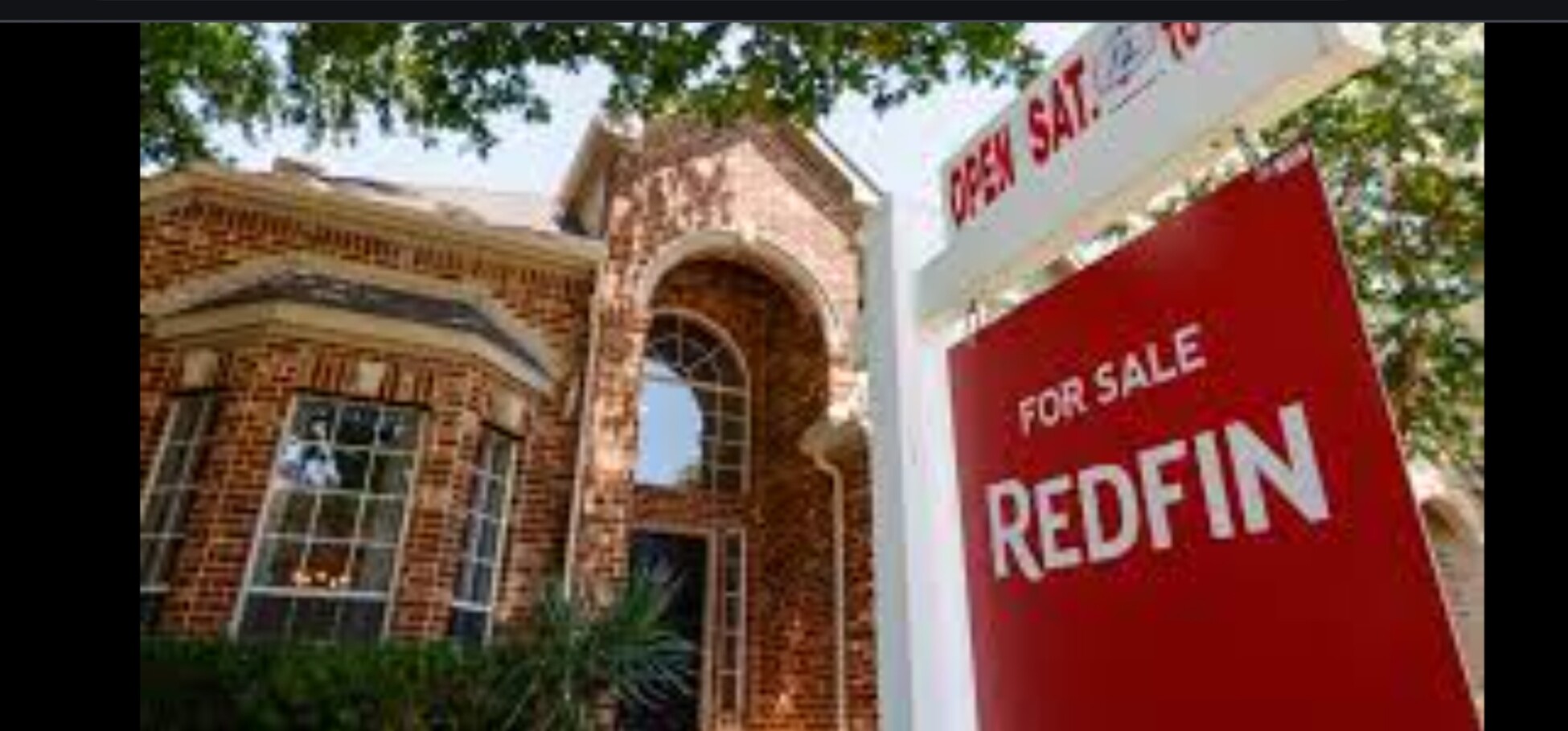
Stanley
Dually LicensedForum Replies Created
-
Stanley
MemberApril 11, 2025 at 12:26 am in reply to: Dually Licensed Realtor and MLO Career Opportunities -
In this episode, I sit down with expert analyst Melody Wright to break down the U.S. real estate market. We dive into the hidden crisis in home sales, the skyrocketing unaffordability, and why the market is barely hanging on. Are Airbnb investors and house flippers about to face a reckoning? What does the future hold for mortgage rates, new home construction, and housing supply? If you’re thinking about buying, selling, or investing, this conversation is one you can’t afford to miss.
https://youtu.be/jiwizDWKgjs?si=UUsSt39f0v1L82NT
-
This reply was modified 2 months, 3 weeks ago by
 Sapna Sharma.
Sapna Sharma.
-
This reply was modified 2 months, 3 weeks ago by
-
-
Welcome baby orangutan Topan, an orphan in need of a surrogate mom. Watch her learning journey in nursery school while her fellow students move through junior, senior, and wild-immersion schools. Meanwhile, 16-year-old Kasper preps for graduation. Support the Orangutan Jungle School .
https://youtu.be/xXal3Z43iSk?si=_pYVmVp42dDM9Q7E
-
This reply was modified 3 months, 1 week ago by
 Sapna Sharma.
Sapna Sharma.
-
This reply was modified 3 months, 1 week ago by
 Sapna Sharma.
Sapna Sharma.
-
This reply was modified 3 months, 1 week ago by
-
Can you please give me the comprehensive details on President Donald Trump’s External Revenue Service, how it works, the benefits for Americans, and is the Internal Revenue Service going to get abolished? Does this mean Americans do not have to pay federal income taxes?
-
President Donald Trump has informed the public about setting up an External Revenue Service (ERS), a new federal agency responsible for collecting tariffs, duties, and revenue from foreign sources. This is part of his economic strategy of “America First,” which aims to create significant revenue for the US Treasury by extracting a portion of trade from foreign actors.
Purpose of an External Revenue Service
The ERS is expected to streamline the collection of the diverse revenues from international trade, including, but not limited to, the following:
- Tariffs: an indirect tax imposed on goods purchased outside the customs territory to foster local businesses and generate tax revenue.
- Duties: particular charges placed upon specific commodities depending upon their quantity or value.
Other foreign-sourced revenues include additional income possibilities resulting from international business dealings.
The ERS seeks to achieve this by enhancing the revenue collection functions that pertain to foreign trade.
The Internal Revenue Service and Federal Income Tax Consequences
While Trump is suggesting the creation of the ERS, there has not been any announcement regarding the dissolution of the Internal Revenue Service. The IRS collects federal income taxes from American citizens and residents. The introduction of the ERS does not fundamentally abolish the IRS, as both agencies would have jurisdiction over international and domestic revenue.
Equally, no official statements suggest Americans would not have to pay federal income taxes with the new order in place. ERS is meant to supplement the tools available for foreign revenue collections instead of substituting them for domestic tax regimes.
Advantages for US Citizens
This means that the US could stand to benefit from ERS in the following ways:
- Increased Revenue: More foreign companies can help improve the US economy.
- Economic Protection: By imposing protective tariffs and duties, domestic industries can survive against foreign competition and save or create jobs.
- Trade Balance Improvement: Promoting equality in trade may mitigate the growing trade deficit.
The imposition of tariffs, however, can potentially drive up the prices of imported goods, which is likely to affect consumers adversely. Economists warn that these policies can also invoke defensive responses from trade partners and cause other more intricate economic effects.
Establishing the External Revenue Service, or ERS, marks a pivot point in the United States’ foreign trade and taxation policy toward revenue collection from abroad. Although it aims to strengthen the American economy, the ERS is not meant to supplant the Internal Revenue Service nor abolish federal income taxation for citizens now. Like most things, policies this drastic will have broad consequences, and citizens ought to be kept in the loop.
-
-
-
I know all this. This is general information. What I need is the noteable names of the people Joe R. Biden pardoned,
-
Homeowners have been getting hit hard with multiple expenses that have exploded recently. Property taxes, insurance, repair costs, HOA fees, you name it. Many people now feel trapped as the American dream has turned into a nightmare. But it doesn’t have to be this way. You can learn from the mistakes of others and make smarter financial decisions that will lead you to a more successful future. https://youtu.be/T7w1_82QLkM?si=LKO6vF6UPcF-e-dF
-
This reply was modified 2 months, 3 weeks ago by
 Sapna Sharma.
Sapna Sharma.
-
This reply was modified 2 months, 3 weeks ago by

